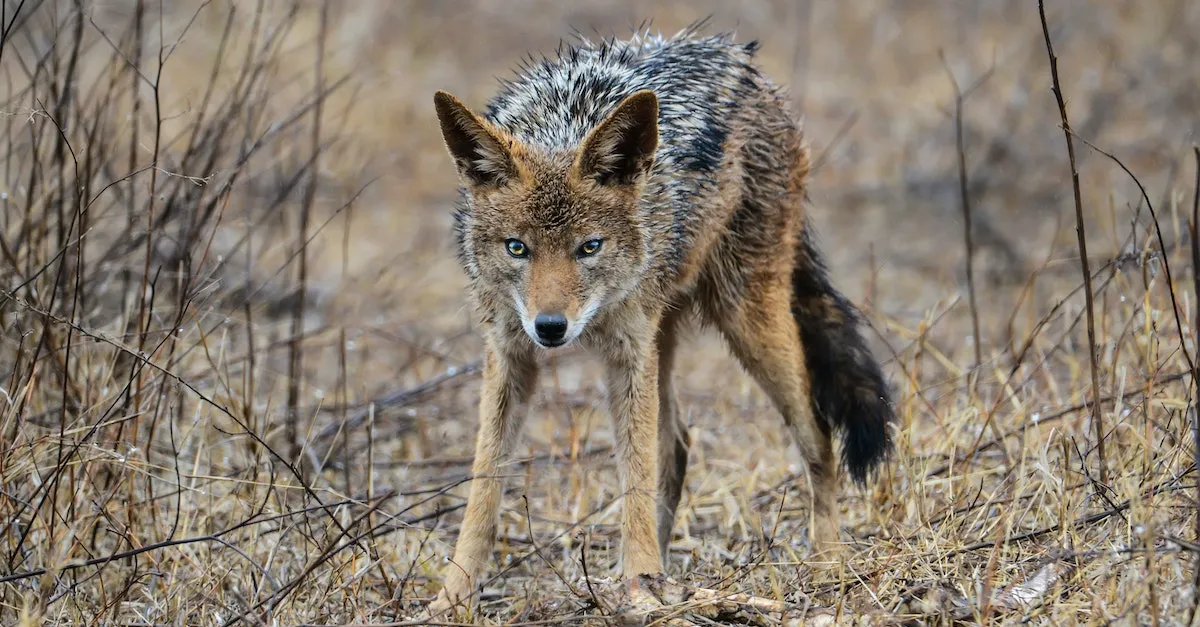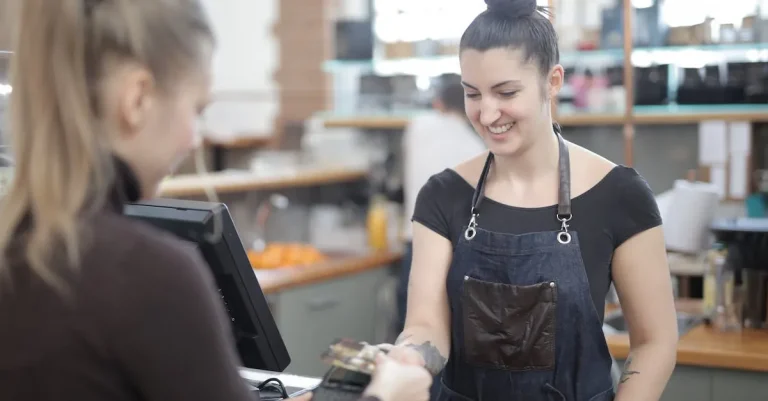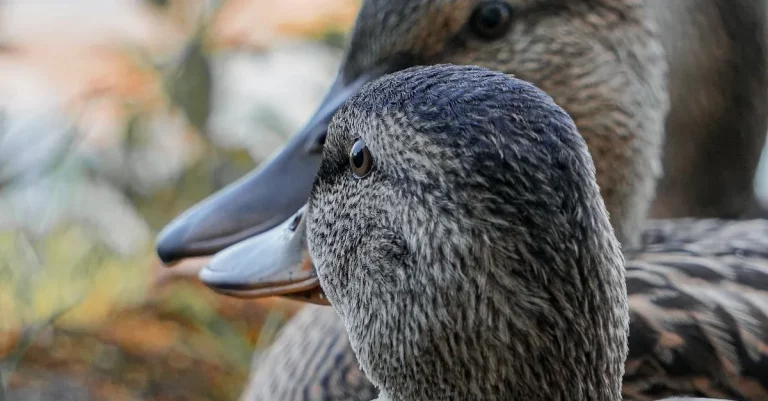Can I Legally Shoot A Coyote In My Yard In Texas?
If coyotes have been frequenting your property, you may be wondering if you can legally shoot one on your land in Texas. Coyotes can be a nuisance, but you must consider safety issues and follow applicable laws.
If you’re short on time, here’s a quick answer: In most cases, you can legally shoot a coyote on your own property in Texas if you do so responsibly. However, discharging firearms in city limits is usually prohibited.
This comprehensive guide covers key questions on legally and responsibly shooting nuisance coyotes on private property in Texas. We’ll overview coyote control laws, safety protocols, humane shooting tips, and non-lethal deterrent alternatives.
Texas Laws and Regulations on Killing Coyotes
Living in Texas, it is not uncommon to come across coyotes in your yard. These creatures are known for their cunning and adaptability, and sometimes they can pose a threat to you, your family, or your pets. In such situations, you may wonder if you have the legal right to shoot a coyote in your yard.
Let’s take a closer look at the laws and regulations in Texas regarding killing coyotes.
No state permit required for shooting nuisance coyotes
Fortunately, Texas law allows you to shoot coyotes on your property without a state permit if they are causing a nuisance or posing a threat. This means that if a coyote is attacking your livestock, endangering your pets, or damaging your property, you have the right to protect yourself and your property by shooting the coyote.
According to the Texas Parks and Wildlife Department (TPWD), if a coyote is causing a nuisance, you can shoot it without a permit as long as you are doing so on your own property and you are not discharging a firearm across a public road or within 300 feet of an occupied building.
Limits on weapons, hunting hours may apply
While you don’t need a state permit to shoot nuisance coyotes, it is important to note that there may be certain limitations on the type of weapons you can use. For example, some counties in Texas have restrictions on the use of certain firearms, such as rifles with a caliber larger than .22.
It is always a good idea to check with your local authorities or the TPWD to ensure you are using a legal weapon.
In addition, there are hunting regulations in Texas that specify the legal hunting hours. These hours vary depending on the time of year, so it is essential to familiarize yourself with the current regulations.
Remember, shooting a coyote outside of legal hunting hours can result in penalties and fines.
City discharge laws may prohibit shooting
While Texas law allows you to shoot nuisance coyotes on your property, it is important to be aware that city discharge laws may prohibit shooting within city limits. Many cities have ordinances that prohibit the discharge of firearms, even on private property.
Violating these ordinances can lead to legal consequences, so it is crucial to familiarize yourself with the specific regulations in your city.
It is recommended to contact your local law enforcement or city officials to determine if shooting a coyote is permitted within your city limits.
Shooting Coyotes Safely and Responsibly
Use appropriate caliber firearms and shot placement
When it comes to shooting coyotes, it is crucial to use the right caliber firearms and proper shot placement. Using a firearm with the appropriate caliber ensures the most effective and humane way to eliminate a coyote. It is recommended to use a .223 Remington or larger caliber for coyote hunting.
This ensures that the animal is taken down quickly and efficiently, minimizing any unnecessary suffering. Shot placement is also important, and aiming for vital organs such as the heart or lungs is ideal for a swift and ethical kill.
Set up a safe backstop area
Before shooting a coyote in your yard, it’s essential to set up a safe backstop area. This means ensuring that there is a solid barrier behind the target to prevent any stray bullets from causing harm or damage.
A solid backstop could be a thick earth mound, a large stack of hay bales, or any other structure that can effectively stop a bullet. This precaution is necessary to avoid any accidental injuries or property damage.
Practice shooting proficiency
Practicing shooting proficiency is vital to ensure a successful and safe coyote hunting experience. Regular target practice helps improve accuracy, which is crucial when shooting at a moving target like a coyote.
Additionally, it helps familiarize yourself with your firearm, enhancing your confidence and minimizing the chances of making a mistake. Remember to always follow proper firearm safety protocols and never shoot if you are unsure of your capabilities.
For more detailed information on coyote hunting regulations in Texas, you can refer to the Texas Parks and Wildlife Department website. They provide comprehensive guidelines and up-to-date information on hunting laws and regulations in the state.
Humane Shooting Practices for Coyotes
When dealing with coyotes on your property in Texas, it’s important to prioritize safety and humane practices. Shooting a coyote can be a necessary step to protect your property and ensure the safety of your family and pets.
However, it’s crucial to follow guidelines to ensure a clean and humane kill.
Use an accurate firearm and scope
When shooting a coyote, it’s essential to use a firearm that is accurate and appropriate for the task. This means using a weapon with enough power to effectively and humanely kill the animal with a single shot.
Rifles chambered in calibers such as .223 Remington or .243 Winchester are often recommended for coyote hunting due to their accuracy and effectiveness.
Additionally, using a scope can significantly improve your accuracy and ensure a clean kill. A scope allows you to see the target more clearly and make precise shots, reducing the risk of wounding the animal and causing unnecessary suffering.
Learn coyote anatomy for clean kills
Understanding the anatomy of a coyote can greatly enhance your ability to shoot them humanely. Aim for vital organs such as the heart or lungs to ensure a quick and clean kill. This will minimize suffering and increase the chances of an ethical hunt.
Taking the time to learn about coyote anatomy can greatly improve your shooting accuracy and effectiveness.
It’s important to remember that a clean kill is not only more humane but also more respectful to the animal you are hunting. Ethical hunting practices prioritize minimizing suffering and ensuring that every shot is as precise as possible.
Approach downed coyotes cautiously
After shooting a coyote, it’s crucial to approach the animal with caution. Even though it may appear dead, it’s not uncommon for wounded animals to still be alive and potentially dangerous. Approach the downed coyote from behind and be prepared to take additional shots if necessary.
It’s also worth noting that coyotes are known to live in family groups, so shooting one coyote may not eliminate the problem entirely. It’s important to remain vigilant and take necessary precautions to deter coyotes from returning to your property.
Remember, while shooting a coyote may be legal in Texas under certain circumstances, it’s essential to prioritize safety, accuracy, and humane practices. For more information on coyote hunting regulations in Texas, you can visit the official website of the Texas Parks and Wildlife Department (tpwd.texas.gov).
Non-Lethal Ways to Deter Coyotes
While it is legal to shoot a coyote in Texas if it poses a threat to you, your pets, or your livestock, many people prefer to explore non-lethal methods of coyote control. Not only can these methods be more humane, but they can also help foster a harmonious coexistence with wildlife.
Here are some non-lethal ways to deter coyotes from your yard:
Install perimeter fencing
One effective way to keep coyotes out of your yard is to install a sturdy perimeter fence. A fence that is at least six feet tall and extends underground can help prevent coyotes from digging under it. Make sure the fence is tight and without any gaps that coyotes can squeeze through.
This physical barrier can provide a sense of security for you and your pets.
Use frightening devices and lights
Coyotes are naturally wary of unfamiliar and unexpected noises and lights. Utilizing frightening devices such as motion-activated sprinklers, ultrasonic devices, or even noise-making devices can startle and deter coyotes from approaching your yard.
Additionally, keeping your yard well-lit during the night can make it less appealing to coyotes, as they typically prefer areas with low visibility.
Remove food and water attractants
Coyotes are opportunistic scavengers and are attracted to easily accessible food and water sources. Removing these attractants from your yard can help deter them from visiting. Securely store garbage cans, compost bins, and pet food indoors or in a tightly sealed container.
Fix any leaky outdoor faucets or irrigation systems to eliminate water sources that may attract coyotes.
Remember, it’s important to be proactive in preventing coyote encounters. By implementing these non-lethal methods, you can reduce the likelihood of coyotes being drawn to your yard while promoting the well-being of both wildlife and your pets.
When to Call a Nuisance Wildlife Professional
If you find yourself dealing with coyotes in your yard in Texas, it’s important to know when it’s appropriate to call a nuisance wildlife professional for assistance. While it may be tempting to take matters into your own hands, there are certain circumstances where contacting a professional is the best course of action.
If shooting is prohibited in your area
In some areas of Texas, shooting coyotes may be prohibited due to local regulations or safety concerns. It’s important to familiarize yourself with the laws and regulations in your specific area before taking any action.
If shooting is prohibited, it is recommended to contact a nuisance wildlife professional who can provide alternative methods of coyote removal that comply with local regulations.
For large infestations
If you are dealing with a large infestation of coyotes in your yard, it may be overwhelming to try and handle the situation on your own. A nuisance wildlife professional has the experience, knowledge, and equipment necessary to effectively and safely remove a large number of coyotes from your property.
They can assess the situation, develop a customized plan, and implement effective strategies to address the infestation.
For coyotes exhibiting strange behavior
If you notice that the coyotes in your yard are exhibiting strange or aggressive behavior, it is highly recommended to contact a nuisance wildlife professional immediately. Strange behavior could indicate that the coyotes are sick or injured, which can pose a risk to both humans and pets.
A professional can assess the situation, determine the cause of the strange behavior, and take the necessary steps to ensure the safety of everyone involved.
Remember, it’s important to prioritize your safety and the safety of others when dealing with coyotes. While it may be tempting to take matters into your own hands, calling a nuisance wildlife professional can help ensure a safe and effective resolution to the issue.
For more information and guidance on coyote removal in Texas, you can visit the Texas Parks and Wildlife Department website.
Conclusion
In most unincorporated areas of Texas, shooting nuisance coyotes on your property is allowed. But careful attention must be paid to safe and humane shooting practices, and municipal discharge laws may restrict shooting.
Whenever possible, deterring coyotes using non-lethal methods is ideal. However, responsibly shooting problem coyotes can be an option for rural Texas property owners in compliance with applicable regulations.








